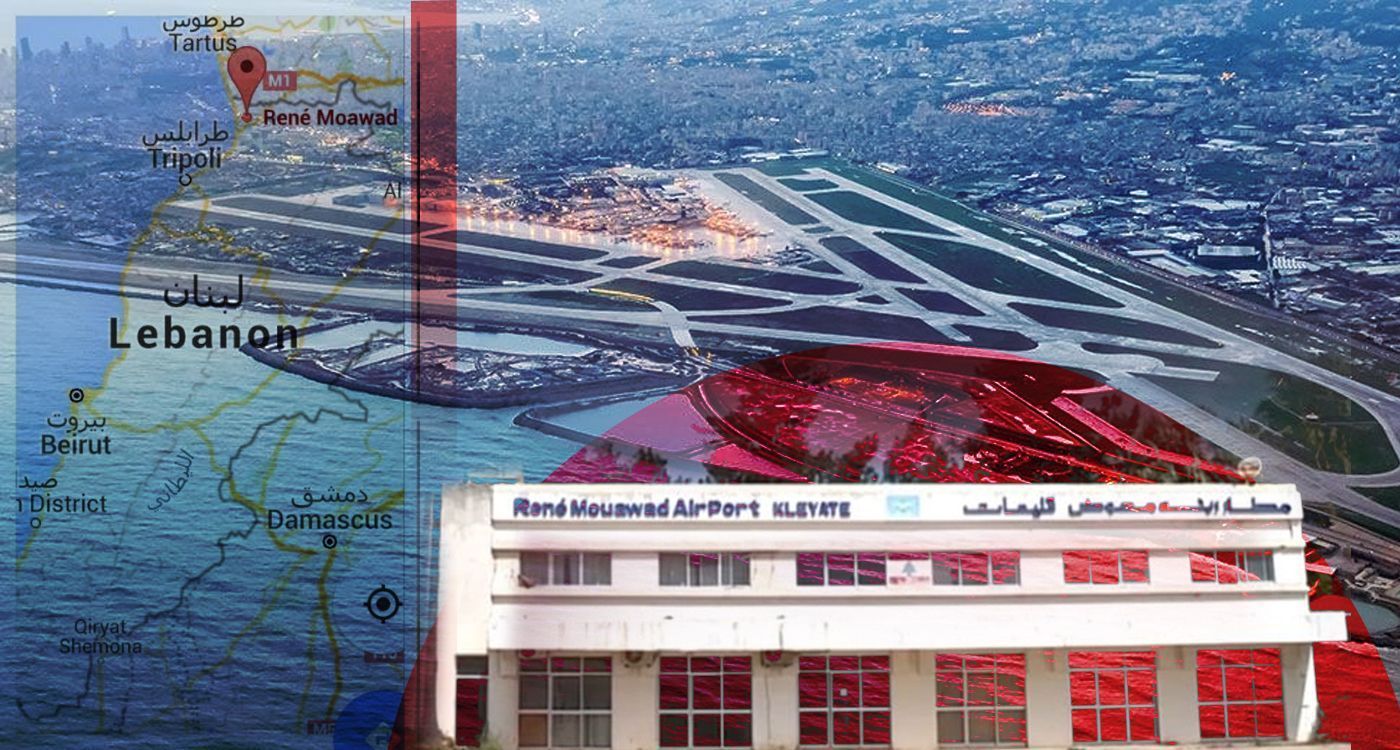
The rehabilitation project for Kleiate Airport – also known as René Moawad Airport – in Akkar, northern Lebanon, is moving ahead at a steady pace. In an interview with This is Beirut, Akkar MP Sagih Atieh, who chairs the parliamentary Public Works Committee, stated that “the reactivation process is proceeding normally, and there has been no veto from Hezbollah or any other party.”
With this statement, the MP firmly dismissed rumors of any renewed Hezbollah opposition to the reopening of this strategic airport. For decades, its reactivation had been blocked – largely due to the pro-Iranian group’s refusal to let a key national facility operate outside its sphere of influence.
A Strategic Airport for Lebanon
Kleiate Airport holds undeniable strategic value. In the event of a major conflict, a security breakdown or a shutdown at Beirut International Airport (BIA), Lebanon would be cut off from international air access – leaving Syria or the sea as fallback options, both widely seen as unreliable by many countries for evacuating their nationals.
The rehabilitation of Kleiate Airport is therefore an essential fallback option. It would also contribute to the economic, social and tourism recovery of the North, while creating new job opportunities for residents of a region long overlooked.
A Promising Project for Akkar
Located just 26 km from Tripoli, 7 km from the Syrian border, and 105 km from Beirut, the airport could generate approximately 5,000 direct jobs. It would also improve air travel access for residents of Akkar and the Beqaa. For example, someone from Hermel who currently travels 180 km to reach BIA would only need to cover 20 km to get to Kleiate’s terminal.
Technical Progress and Legal Debate
Atieh recently met with Prime Minister Nawaf Salam to discuss the project. He confirmed that the engineering firm Dar al-Handasah is set to submit the project’s specifications by July 30, while the Council for Development and Reconstruction (CDR) remains actively involved. Once approved, the specifications will be made public, allowing the tender process to begin.
Another key issue still under discussion is the project’s financing. Atieh plans to raise the matter with the Minister of Public Works and Transport, Fayez Rasamny, next Monday. The total cost is estimated at nearly $200 million.
BOT vs. DBOT: Choosing the Right Financial Model
The project could proceed as either a BOT (Build, Operate, Transfer) or a DBOT (Design, Build, Operate, Transfer) – both types of public-private partnerships (PPP).
In a BOT model, the state supplies the plans, and the private partner takes charge of construction, temporary operation and eventual transfer back to the state. By contrast, a DBOT arrangement involves the private company from the design stage, giving it greater responsibility and flexibility, especially when it comes to integrating innovative solutions.
Both options require appointing members to the Secretariat of the High Council for Privatization (HCP), as they involve active participation from the private sector. This type of partnership enables major projects to move forward without increasing public debt, while leveraging the private sector’s expertise, efficiency and speed of execution.





Comments